I’ve used Apple computers my entire life, but here’s why I’m never buying one again
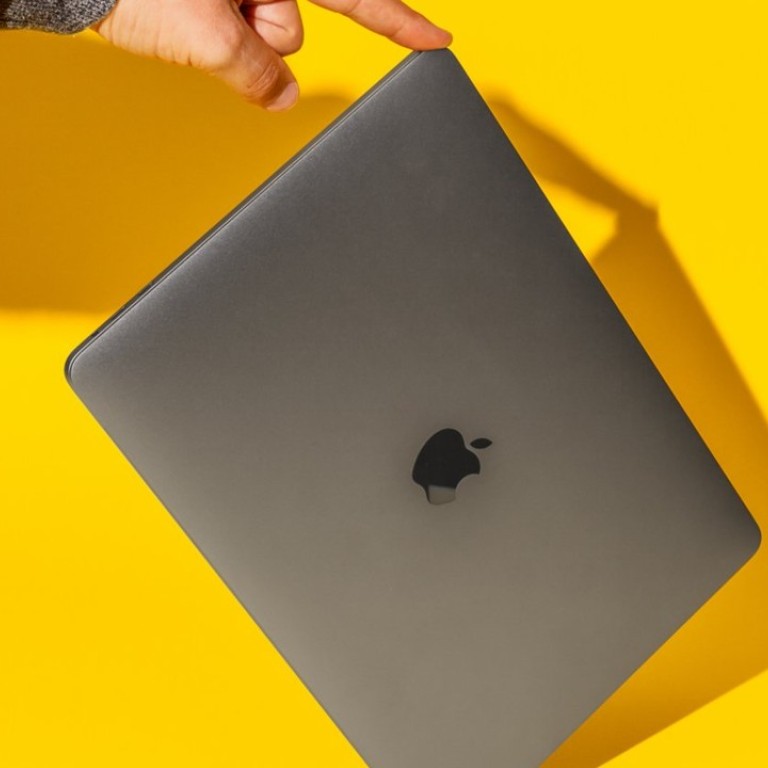
For most of my life, I have been more than just an Apple fan – I have been an Apple disciple.
My first computer was a MacIntosh 512Ke, released the year I was born in 1986, and I have been using Apple computers ever since.
I once got thrown out of a class in school when my teacher had the gall to suggest that Steve Jobs and Bill Gates worked together to create the Mac.
I was on that level of frankly embarrassing devotion to Apple.
So when I say I am leaving Apple computers behind, it feels a little like leaving the church. But I am, and here is why.
How we got here
First, a little history.

Before Apple was the largest technology company in the world, as it was in the first half of 2018, according to Forbes, it was merely Apple Computer, a much beloved but often battered company with a niche of hard core fans – largely artists, musicians and geeks of a certain persuasion.
In 1997, the company was “about 90 days from going broke”, The New York Times reported earlier this year.
But then came the redemptive success of the iMac in 1998 with its famous Bondi blue colour, followed by a cavalcade of confectionery-coloured brethren.
In 2007, the iPhone arrived, ushering in the smartphone era with user-friendly appeal and the sheer force of marketing gusto.
It's not me, it's you
In retrospect, 2007 was the beginning of the end for me and Apple, even as I continued to own iPhones, iPads, and MacBook Pros for another decade.
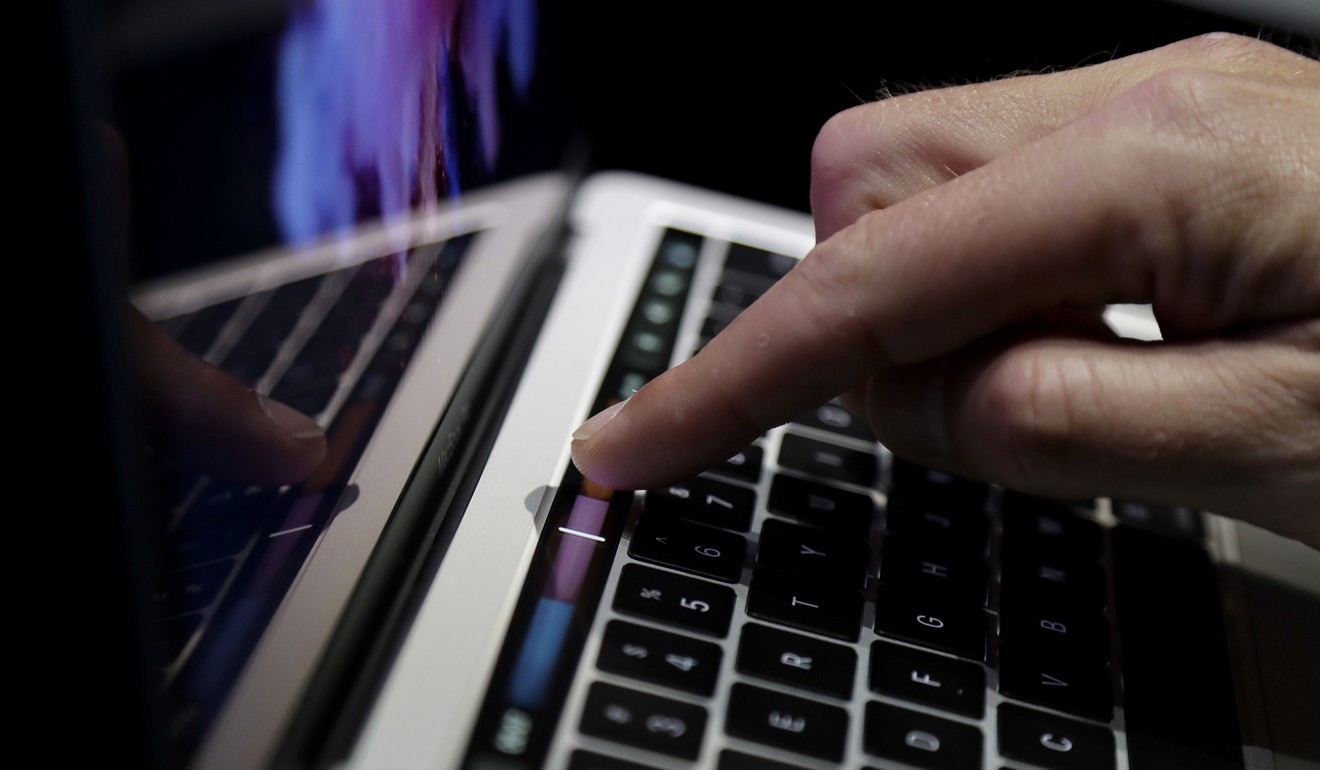
The MacBook Air was an ultra-slim, ultralight laptop that ushered in an era of design reflected in many laptops today, according to Gizmodo.
But with that design came a less desirable change, Wired reported: the Air's RAM, or computer memory, was soldered to the logic board, also known as a motherboard – the proverbial engine of a computer where most its key components live.
In addition, its battery was uncommonly hard to replace, requiring special tools and the removal of 19 screws, according to the self-repair website iFixit's teardown of the machine.
This was unusual. Upgrading your memory and changing out your battery were among the most common modifications even non-gear heads made, especially at the time.
The 2008 Air represented a break from convention that presaged the next decade of Apple's design choices – away from the consumer and toward its own Genius repair technicians.
The right to repair
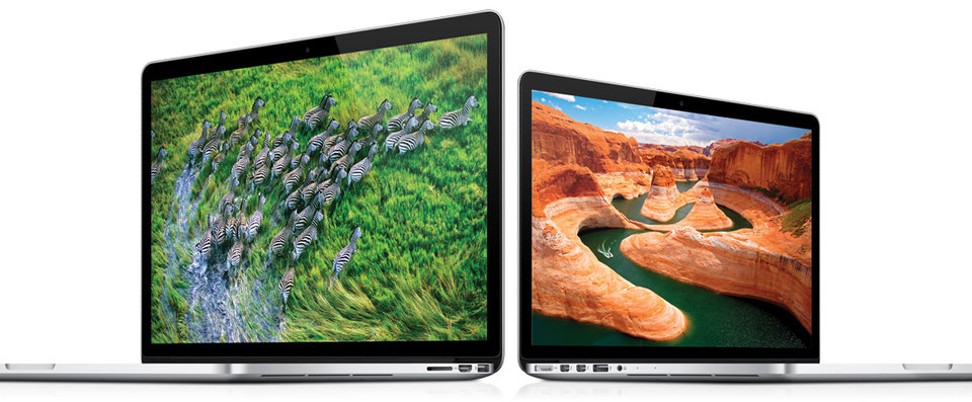
When the Air first came out, Mac aficionados like myself made space for the non-upgradeable nature of the computer. After all, it was the world's thinnest notebook and concessions had to be made.
But the trend continued. Wired described 2012's Retina MacBook Pro as “unfixable, unhackable, untenable” for its soldered and glued components. iFixit gave it the lowest possible repairability score of one out of 10.
Apple's Pro line was previously for users like myself who wanted both power and upgradeability, but a look at iFixit's list of repairability scores shows that once 2012 rolled round, Retina Pros and eventually all Pro models took a dip from a user-friendly seven, for the early 2011 MacBook Pro, to never better than a two.
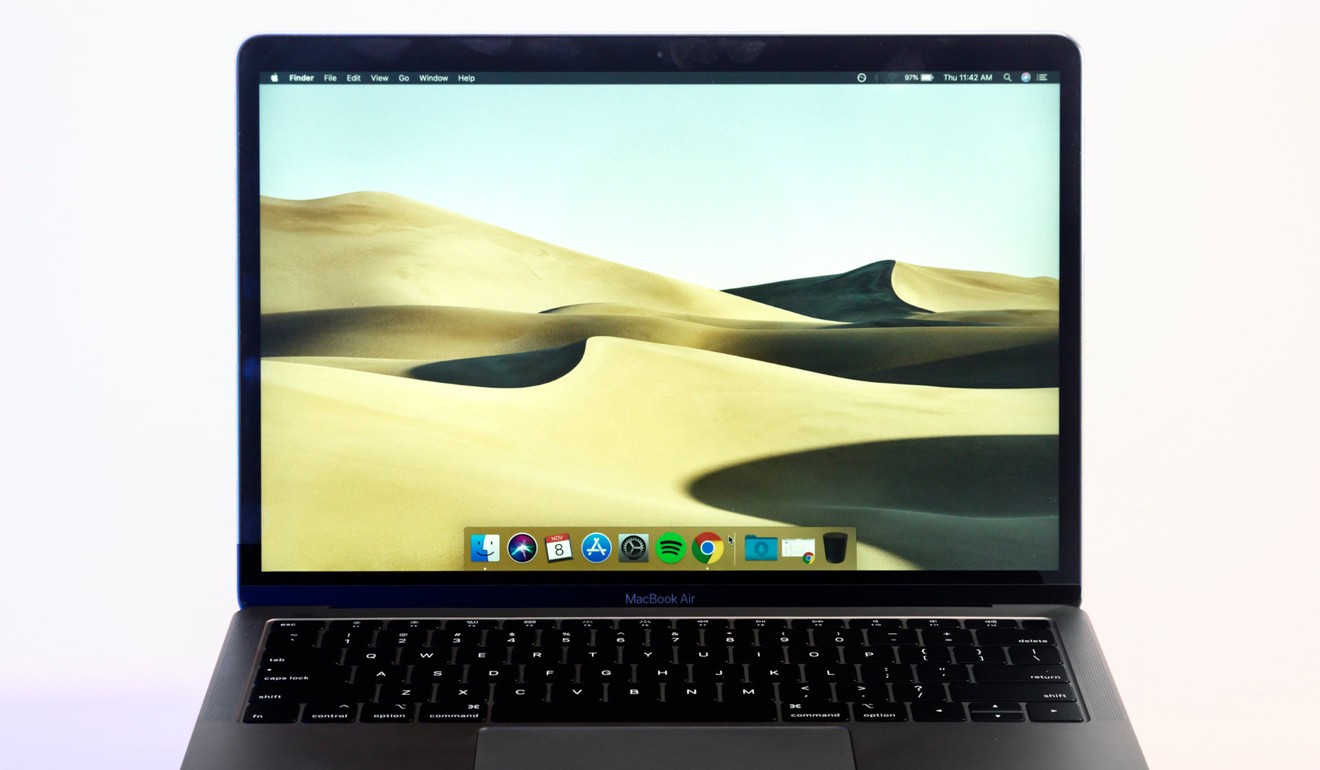
The MacBook Pros in 2016 with Touch Bar featured RAM, a hard drive, VRAM, and batteries that were hard or impossible for users to change or repair, in what Gizmodo dubbed a “war on upgrades”.
To get a little more insight on these developments – and verify I was not making mountains out of molehills – I spoke to Taylor Dixon, a teardown engineer at iFixit.
“If you go back and look at the early PowerBooks and Power Macs that became the first Mac Pros, those were all incredibly modular,” he said.
“That is where Apple gets its reputation for being so powerful and upgradeable.”
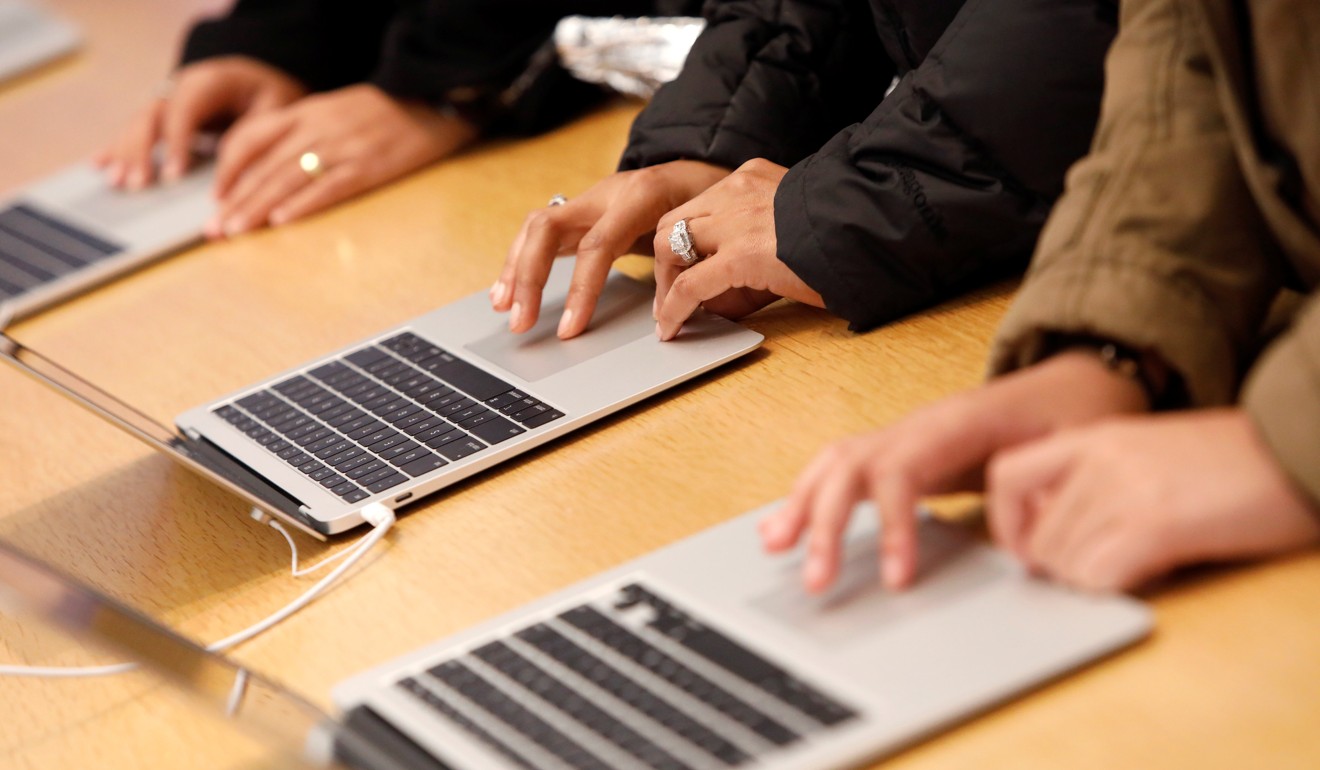
Today's MacBooks are different, Dixon said.
“What's left to repair is everything not connected to the logic board in some way,” he said. “And a lot of it is incredibly difficult to do.”
Broken keyboards, broken promises
Just last summer, Apple announced it would replace broken keyboards on its MacBook products going back to 2015 for free, Wired reported.
The newer “butterfly style” keyboards that have been the subject of consumer uproar are notorious for breaking, since particles can get trapped beneath the keys with no simple way to get them out.
The keyboard is also – you guessed it – difficult if not impossible to repair on your own.
T2: the Terminator chip
The final nail in the proverbial coffin for me and Apple was the discovery in 2018 that new Macs would include Apple's T2 chip, a processor that handles security features, including what kind of replacement parts are allowed in the machine.
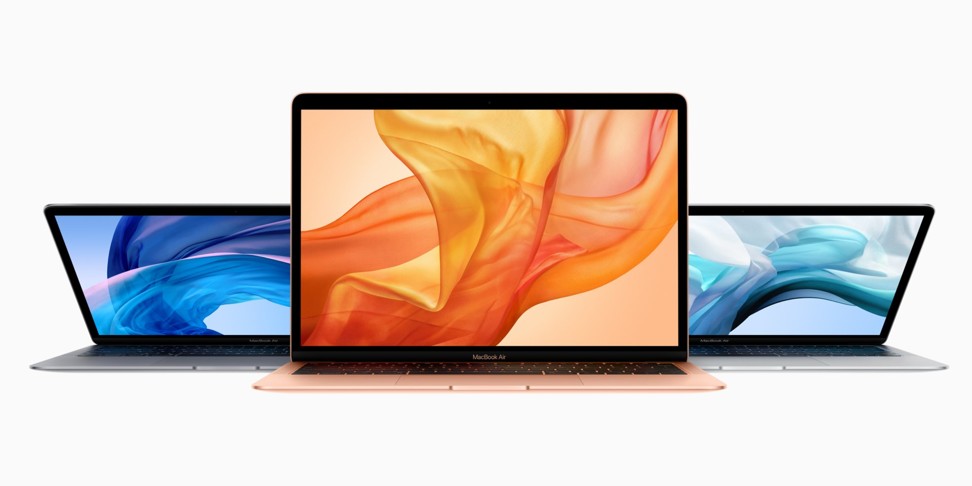
“It's very possible the goal is to exert more control over who can perform repairs by limiting access to parts,” iFixit's CEO, Kyle Wiens told The Verge.
“This could be an attempt to grab more market share from the independent repair providers. Or it could be a threat to keep their authorised network in line. We just don't know.”
While iFixit's teardown of the 2018 MacBook Air saw its engineers work on the machine without the T2 chip shutting the computer down, that would not necessarily prevent the company from doing that in the future.
Dixon pointed to the case of the iPhone 6, where users who repaired the home button suddenly found their phone disabled.
Apple eventually restored the phone's functionality, but for many, the Touch ID fingerprint-identification feature remained disabled, according to TechCrunch.
Luxury products leave little room for geeks
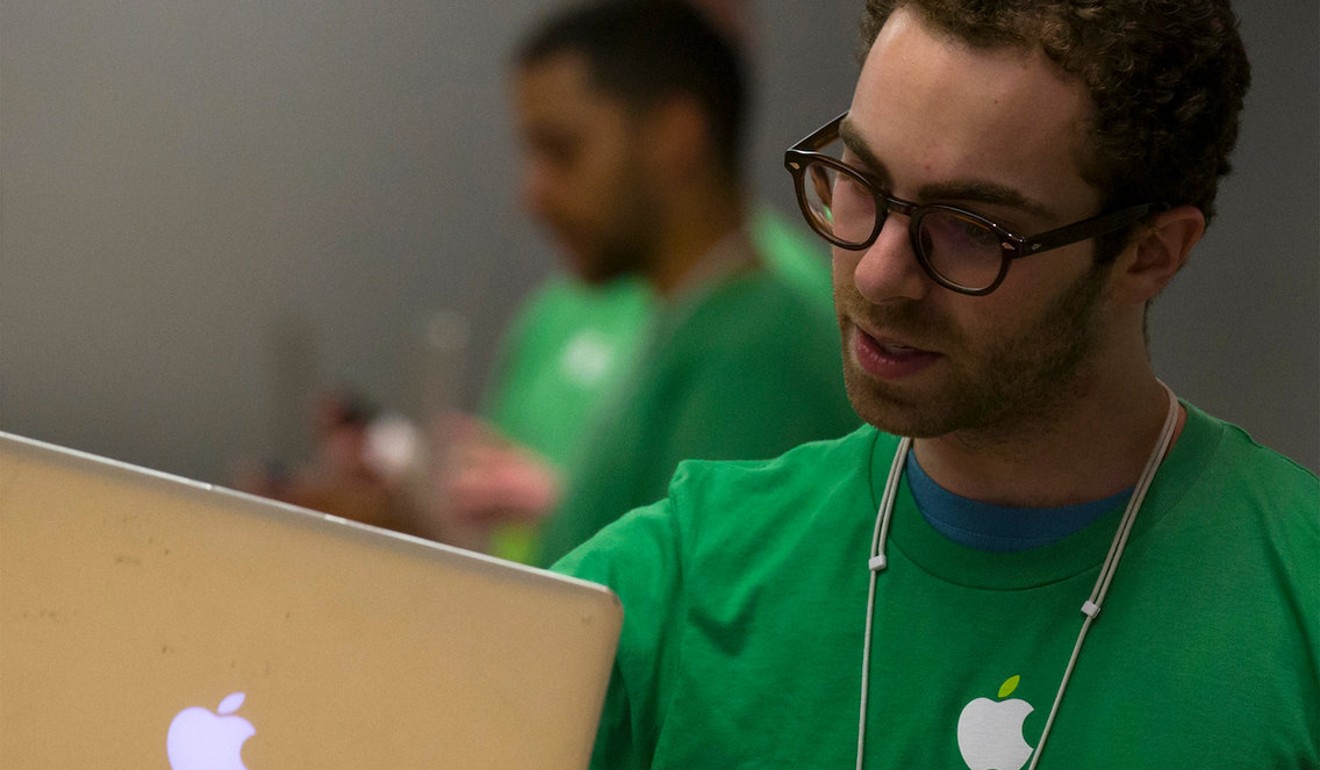
Disillusionment with something you grew up with and loved is often a death by a thousand cuts.
“It's really easy to paint Apple as a villain,” Dixon said. “I don't think it's necessarily for us to say.”
He added that it was “hard to say” whether the lack of repairability “is done out of hostility or business”.
But what if being hostile is good business?
Having to go to the Genius Bar instead of fixing your computer at home, and having to buy Apple's certified products instead of third-party ones undoubtedly are smart financial moves for the company.

But I do not like owning things I cannot tinker with or fix even a little, out of both frugality and a desire to create a little less waste in the world.
Want more stories like this? Sign up here. Follow STYLE on Facebook, Instagram and Twitter

An inability to repair and upgrade without using official products and Genius Bar technicians has left even some of the brand’s most loyal supporters disillusioned, writes Hollis Johnson